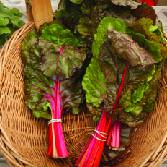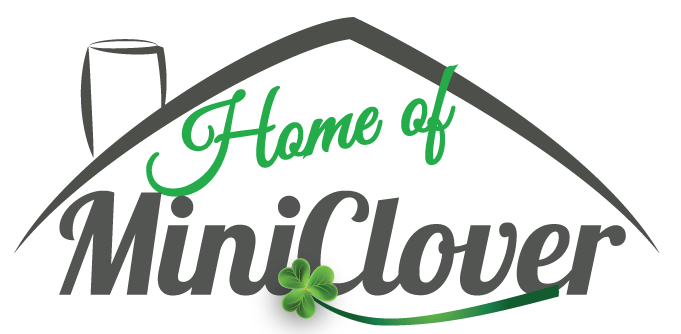



Sempervivum Seeds - Tectorum
SEASON
Perennial
USDA ZONES
3 - 10
HEIGHT
6 inches
WIDTH
24 inches
BLOOM SEASON
Summer
BLOOM COLOR
Purple
ENVIRONMENT
Full sun to partial shade
OFTEN HOUSE PLANT
Yes
DEER RESISTANT
Yes
SEASON
Perennial
USDA ZONES
3 - 10
HEIGHT
2 - 4 inches
BLOOM SEASON
Summer
BLOOM COLOR
Mix
GROWTH RATE
Slow
ENVIRONMENT
Full sun to partial shade
OFTEN HOUSE PLANT
Yes
SOIL TYPE
Well-drained, pH 5.5 - 7.0
DEER RESISTANT
Yes
SEASON
Perennial
USDA ZONES
4 - 8
HEIGHT
4 inches
WIDTH
12 inches
BLOOM SEASON
Summer
BLOOM COLOR
Red
ENVIRONMENT
Full sun to partial shade
OFTEN HOUSE PLANT
Yes
SOIL TYPE
Well-drained, pH 5.5 - 7.0
DEER RESISTANT
Yes
About...
Sempervivum (Sempervivum tectorum) - Also called: Common Houseleek, Hens and Chicks, House Leek, or Roof House Leek. Grown it in average, dry to medium moisture, well-drained soils in full sun. While it will tolerate some light shade, it will need some afternoon shade in extremely hot sunny locations.MORE SEMPERVIVUM OPTIONS
Planting Directions
TEMPERATURE
70 - 75F
AVERAGE GERM TIME
7 - 21 days
LIGHT REQUIRED
Yes
DEPTH
Cover seed lightly with peat moss
SOIL TYPE
Well-drained, pH 5.5 - 7.0
SOWING RATE
Approximately 1000 seeds covers 20 square feet
MOISTURE
Keep seeds slightly moist but not wet until germination
Sempervivum (Sempervivum tectorum) - Also called: Common Houseleek, Hens and Chicks, House Leek, or Roof House Leek. Grown it in average, dry to medium moisture, well-drained soils in full sun. While it will tolerate some light shade, it will need some afternoon shade in extremely hot sunny locations. It thrives in sandy or gravelly soils and will tolerate poor soils and some drought. To perform well it needs sharp soil drainage and avoid overwatering. Plants spread by offsets to form colonies. The original rosette is referred to as the hen, the offsets from that rosette are called the chick. Individual rosettes die after bloom and should be removed from the garden at that time. This plant is moderately salt tolerant.
Sempervivum is often used in rock gardens, as a border front, in rock crevices, along stone walls, as a small area ground cover, and as an edging or foundations. They also make terrific container plants planted indoors or outdoors. Try planting them in a rock wall, with the plants tucked into the crevices which provides a good balance of drainage, radiant heat, and protect the plant's roots at the same time. Hens and chicks are at their best when planted in groups or massed as a ground cover.































